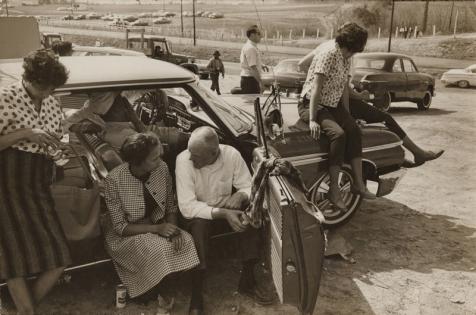The Supreme Court had long held that such laws were permissible under the United States Constitution. In 1883 in Pace v. Alabama, the Supreme Court upheld an Alabama state law that punished interracial couples who lived together “in adultery or fornication” more harshly than same-race couples who did so. That law, the Court held, did not violate the Equal Protection Clause of the newly ratified Fourteenth Amendment because it punished both the black and white partners equally. With Pace, the Supreme Court gave its approval to state interracial marriage laws, a precedent that would stand for more than eighty years. When the Supreme Court handed down the Loving decision, it overturned not only all the sixteen remaining state laws that barred interracial marriage, but reversed its own earlier rulings about the constitutionality of state miscegenation laws.
But the Loving decision, like all groundbreaking court decisions, did not simply materialize from out of the blue. It stemmed not only a lengthy legal battle waged by the couple at the center of the case (Mildred and Richard Loving), but also from the much broader political and legal challenge to state-sanctioned racial discrimination that gained momentum in the 1940s and 1950s. By the time the Loving decision was handed down in 1967, the Supreme Court or the U.S. Congress had invalidated every other form of legally sanctioned racial discrimination in the United States.
As important as Loving was, prohibitions on interracial marriage were in fact the last segregation laws to be invalidated. Loving reflected these broader political developments in the arena of race more than it caused them.
IMAGE: Richard and Mildred Loving sitting in open door of car celebrating Richard’s winning race, Sumerduck dragway, Sumerduck, Virginia, April 1965. © Estate of Grey Villet via ICP.


